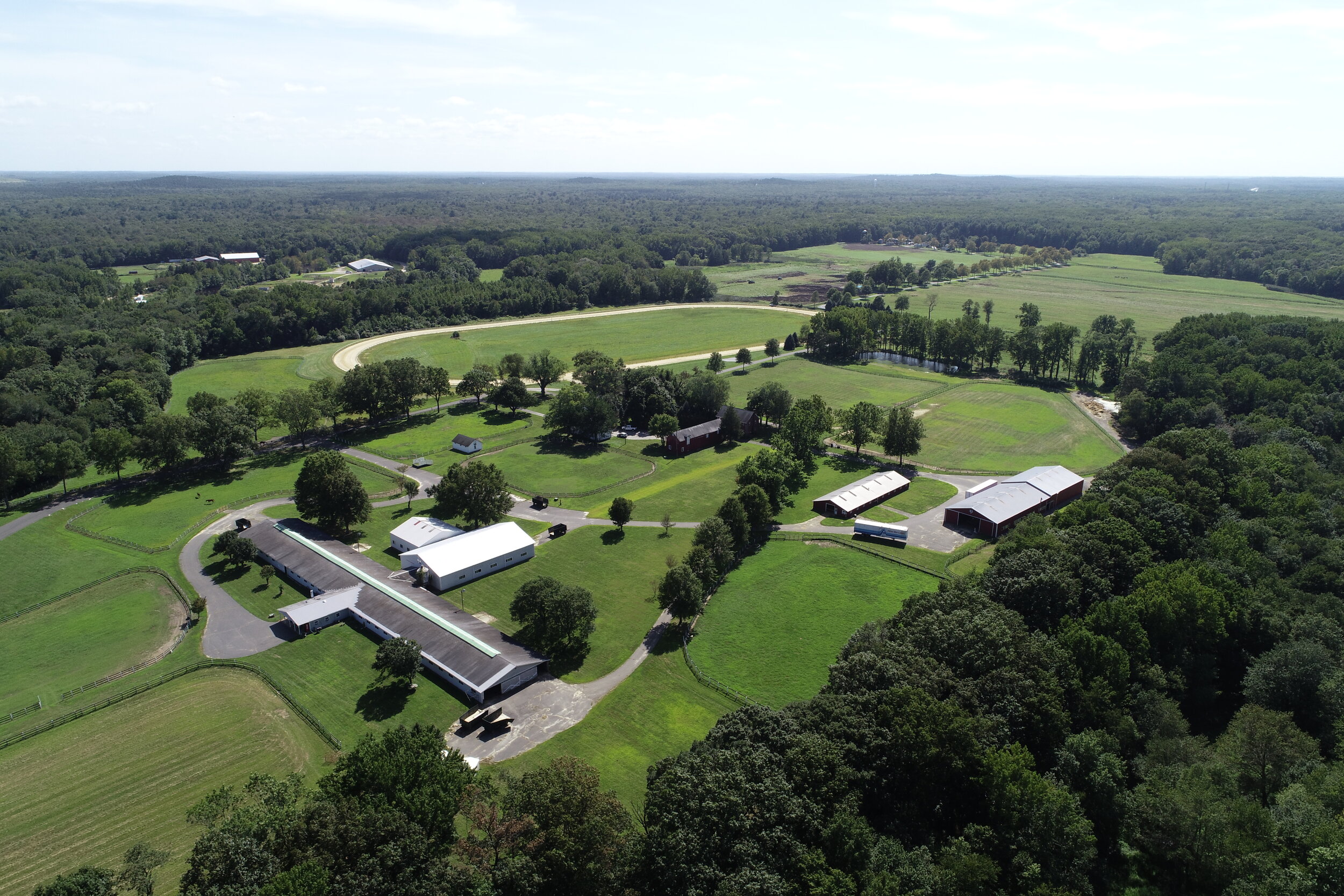I really enjoyed reminiscing on the porch with George Callan the day this photo was taken shortly after his landmark farm in Holmdel was preserved in 2018. George shared many stories with me about what the area was like years ago and how much he and his wife, Margie, enjoyed living on the farm.
George recalled when as far as he could see, farms dotted the roads here in Holmdel. The fields, one after another, full of dazzling strawberries in early summer, corn, tomatoes, and cucumbers in the summer, and in the fall, brilliant sunflowers, and pumpkins.
“Fresh, local, healthy and delicious food—where you know who grows it and how it’s grown—that’s what made this area so special,” reflects George, “We knew our neighbors and the land grew amazing things.” For George, and his wife Margie’s family, New Jersey really was the “Garden State.” Margie’s family had farmed the land here in Monmouth County for almost 150 years—George was a new-comer when he married Margie 60 plus years ago and started farming with her.
But It turns out that fantastic, “it can grow anything”, farmland is also a place where it’s easy to grow houses and George knew that the farm had to be protected.
“I know people need places to live,” explains George, “but we also have to conserve some of the best land for our community’s well-being. Once this land is gone, and under housing, it’s never coming back.”
Staring across the porch, where he and his wife had enjoyed countless warm evenings, George explained to me that “This is a place of amazing history, something that just shouldn’t be paved over. Margie’s grandfather and father, while plowing with work horses, discovered arrowheads, pre-dating the Lenape people who lived here hundreds of years ago. Margie and I have so much respect for those ancient people, they are part of this county’s legacy too.”
In April 2021, after a lifetime of farming and enjoying the land, George passed away peacefully in the comfort of his home on the farm that he and Margie preserved. Now their farm stands as a last remembrance of the area’s agrarian past and an opportunity for a new, young, farmer to take over the reins.
“Margie and I used to talk about it. If we did nothing, we knew this land would eventually go under the axe, just like all the other farms did in this area. That’s a loss for clean water, for wildlife, for our community.” George explained.
So, George and Margie decided to conserve their farm as a gift to future generations and a tribute to all those who have been there before them.
“No matter what happens, this farm will now remain part of this community, as a farm or as open space,” reflected George, “Margie and I always wanted that.”
I am truly grateful that George made the decision to preserve their family farm and that it will forever stand as a reminder of the rural past of the area. One of my favorite parts of my job is getting to know people like George who understand the importance of protecting our remaining lands.
In Remembrance,
William D. Kastning, AICP
Executive Director














































































